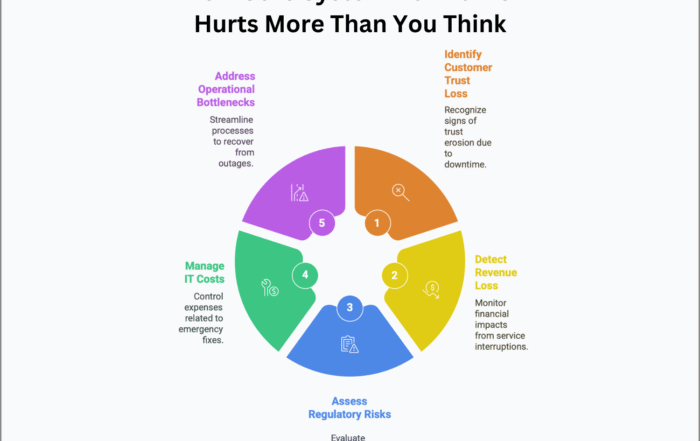
Successfully navigating the complexities of core banking modernization by avoiding common pitfalls, ensuring cross-functional collaboration, and investing in thorough planning and training.
Core banking modernization projects promise immense benefits, such as improved efficiency and enhanced innovation capabilities. However, realizing that potential requires navigating intricate complexities across technology, business processes, and organizational change management. Many banks stumble into common pitfalls that derail transformations and limit the desired outcomes. Drawing from firsthand experience in successfully overhauling core systems, here are key pitfalls to anticipate and avoid:
1. Underestimating Timelines
Unrealistic timelines plague many projects due to overreliance on vendor promises rather than realistic assessments. To mitigate this, insist on detailed timeline breakdowns based on your specific environment, build sizable buffers for testing, troubleshooting, and contingencies, and phase out capabilities rollouts instead of expecting everything at once.
2. Engaging Only IT Teams
Core banking impacts all business units, but some banks solely involve IT, risking major adoption issues. Promote cross-unit collaboration by assigning departmental transformation owners, conducting intensive end-user training on system functions and optimal workflows, and creating cross-functional core oversight committees.
3. Skipping Data Migration Planning
Data migrations often receive minimal upfront focus, but problems here can cripple go-lives. Mitigate data risks by dedicating early migration teams to blueprint needs, identify gaps, and build validations, begin conversions and cleansing 12 months prior to cutover, and establish business continuity plans for potential migration issues.
4. Expecting Immediate ROI
Long-term transformations require patience for return on investment (ROI). Attempting to achieve big-bang payback ignores realities. Plan for 3-5 year horizons to realize bottom-line results, focus on adoption, capability building, and incremental enhancement post-implementation, and determine leading indicators of success based on usage growth, new product development, etc.
5. Skimping on Training
Many banks conduct standard training too close to deployment, restricting adoption. Drive proficiency by beginning training 6 months pre-launch for key users, using hands-on simulations to build confidence and document process changes, and monitoring training KPIs by line of business – completion rates, scores, and user feedback.
While the risks in core banking modernizations cannot be eliminated, they can be minimized through awareness of common missteps. Banks that acknowledge challenges, adapt boldly, and invest diligently in the transformation journey can reap dramatic rewards on the other side.
Found this article interesting? Check out these three related reads for more.
- Core banking system implementation challenges and success strategies
- Why is it referred to as a core banking transformation instead of just a migration?
- Series (1/10): Why core banking transformations often fail Lack of clear goals and objectives
#TransformationPitfalls #BestPracticesBanking




